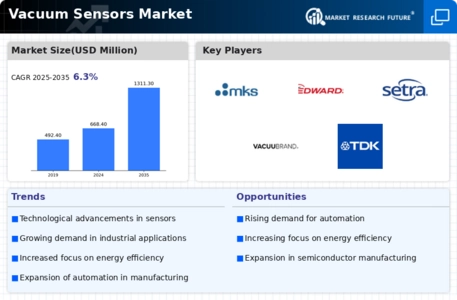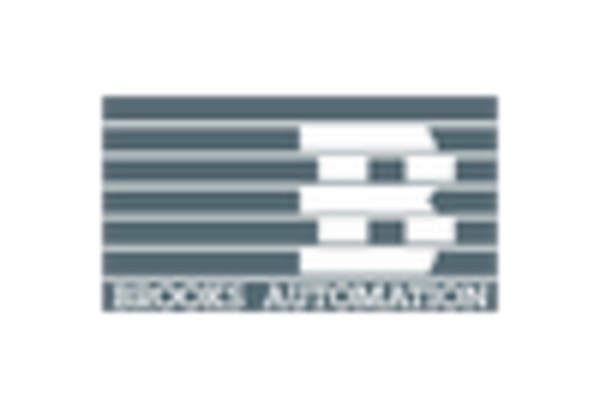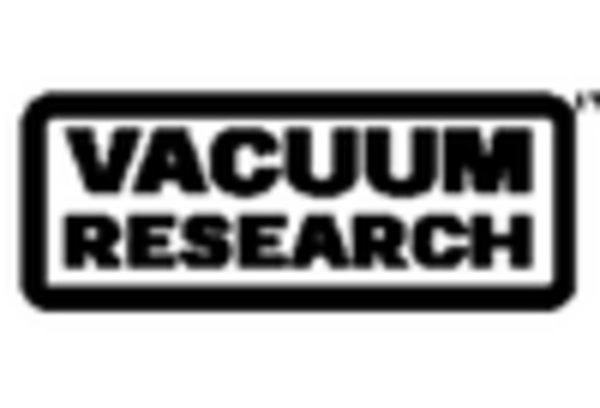Leading market players are investing heavily in the research and development in order to spread their product lines, which will help the Vacuum Sensors Market grow even more. Market players are also undertaking a variety of strategic activities to spread their global footprint, with important market developments including mergers and acquisitions, new product launches, contractual agreements, higher investments, and collaboration with other organizations. To spread and survive in a more competitive and rising market climate, the Vacuum Sensors industry must offer cost-effective items.
Manufacturing locally to minimize the operational costs is one of the key business tactics used by the manufacturers in the global Vacuum Sensors industry to benefit the clients and increase the market sector. In recent years, the Vacuum Sensors industry has offered some of the most significant advantages to several industries. Major players in the Vacuum Sensors Market, including AMETEK Inc., Honeywell International Inc., MKS Instruments, Inc., Pfeiffer Vacuum Technology AG, INFICON Holding AG, Edwards Vacuum, Agilent Technologies, Setra Systems, Vacuubrand, Inc., InvenSense, and others, are trying to increase market demand by investing in research and development operations.
Honeywell International Inc. is a multinational conglomerate known for its diversified portfolio of technology and manufacturing solutions across various industries. Headquartered in Charlotte, North Carolina, the company operates globally and is recognized for its innovation in aerospace, building technologies, performance materials, and safety solutions. Honeywell has established itself as a leader in providing cutting-edge technologies that enhance efficiency, safety, and sustainability. The company's diverse offerings include aerospace systems, industrial process control technologies, environmental and energy solutions, and home and building automation.
In October 2023, Honeywell International Inc. (US) acquired Wilbur Instruments Ltd. (UK), a leading manufacturer of vacuum sensors and gauges, for an undisclosed amount. This acquisition is expected to expand Honeywell's portfolio of vacuum measurement solutions and strengthen its presence in the semiconductor and electronics industries.
Ametek Inc. is a global leading provider of electronic instruments and electromechanical devices, recognized for its diverse range of advanced solutions across various industries. Headquartered in Berwyn, Pennsylvania, the company operates through two distinct business segments: Electronic Instruments Group (EIG) and Electromechanical Group (EMG). Under EIG, Ametek offers a comprehensive portfolio of precision instruments, including analytical instruments, monitoring devices, and testing equipment, catering to sectors such as aerospace, power generation, and process industries. The EMG segment focuses on producing highly engineered electromechanical connectors, motors, and various technical solutions for critical applications in aerospace, defense, and medical markets.
July 2023, AMETEK, Inc. (US) acquired Granville-Phillips, Inc. (US), a manufacturer of vacuum leak detectors, for an undisclosed amount. This acquisition is expected to expand AMETEK's portfolio of leak detection solutions and strengthen its presence in the semiconductor and electronics industries.

















Leave a Comment